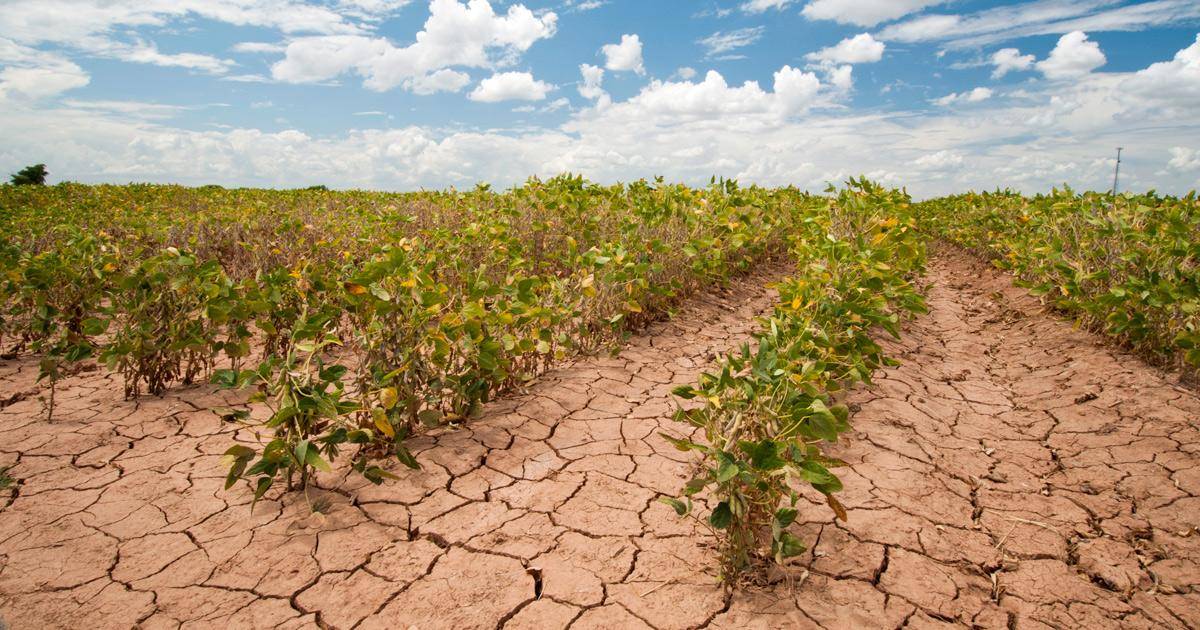
Over centuries, the growth of agriculture contributed to the rise of civilizations. Agriculture is considered as the world’s biggest industry as it employs approximately 1.3 billion people and generating over $ 1.3 trillion dollars worth of food annually. But the growth of worldwide population at rapid pace raised the issue of food sufficiency. To ensure the food security, farming communities across the world have enhanced the production of food-grains by several scientific interventions such as the use of HYV seeds, GM seeds and many technological innovations.
Today, our country is self- sufficient in food production and also exports the surplus food-grains to global markets. But with the passage of time, we forgot the idea of sustainability in agriculture. Traditionally, farmers have used various methods for the good growth of plants and for the protection of their crops from diseases. But with the technological advancement and increased use of fertilizers and pesticides, many serious problems became visible on the surface.
5 Major Consequences of Irresponsible Agricultural Practices:
You can read five major consequences of irresponsible agriculture below:
1. Land Degradation:
-
By the increased use of harmful pesticides and fertilizers, the quality of soil started declining. And this degradation of land is a matter of serious concerns for the sustainability of agriculture. Due to faulty agricultural practices in forest and plain areas expose the soil cover to water and wind erosion.
-
Also due to the excess use of water for irrigation leads to waterlogging due to rising water table, especially along rivers. Waterlogging further accelerates the problem of salination and alkalination.
-
We have seen the deficiency in the organic matter and nutrients of soil cover due to excess use of chemicals on the field. Excess use of Nitrogen caused percolation of nitrogen up to the water table thus further polluting the clean drinking water.
2. Problem of Deforestation:
-
Demand of food supply increased over the years due to sudden population growth, leads to the problem of deforestation. According to some reports there is a decrease in the area under forests due to the conversion of forest areas into cultivable land. That’s why agriculture is widely believed to be one of the main causes of deforestation.
-
Around the world, forests are giving way to plantations for various crops. There are concerns about the social impacts of agricultural expansion. For instance, in the expanding soy plantations of Brazil, poor people are lured from villages and deprived neighbourhoods to remote soy estates where they are put to work in bad conditions, sometimes at gunpoint, with no chance of escape.
3. Loss of Biodiversity:
-
As we know, India ranks 10th in the World and 4th in Asia in terms of plant diversity. It is a country with wide variety of agro-climatic zones which nourishes a wide variety of animals and plants. Now agriculture is becoming more and more commercialized, a number of plant and animal species are becoming extinct. Cash crops generating high profits are covering more cultivable area while the less profitable ones are rapidly decreasing, creating a number of environmental issues.
-
The reduction of vegetative cover such as grasslands and forest tree species and similarly extinction of wild animals, birds and insects is matter of concern. According to an estimate, over 1,500 plant species, 79 mammals, 44 birds, 15 reptiles, 3 amphibians and several insects are listed as endangered.
4. Pest Problem:
-
Due to change in crop pattern, increase in area under irrigation and higher cropping intensity, the pest problem has become very serious. The severity of pests has further accelerated by way of indiscriminate and increased use of pesticides.
-
The population of many predatory birds and insects has dwindled at a sharp rate causing lack of natural control of pests. We have also seen the direct impact of high use of dangerous pesticides on human and animal health.
5. Disposal of Agricultural Wastes:
The burning of agricultural residues like paddy straw and rice husk creates high amount of carbon dioxide and carbon monoxide in the atmosphere resulting in many respiratory problems in animals and human beings. There should be proper mechanism for the recycling of agricultural wastes at the grassroots level. District authorities must check regularly the proper disbursement of incentives given to those farmers who properly processes these wastes.
According to the Experts, the hunger problem will be solved in two ways. Firstly, citizens of every country need to have the ability to grow or purchase their own food. Secondly, citizens of all countries need to have responsible diets. We must shift to the healthier methods of food production to save the environment. Scientists and researchers are developing newer high-yield varieties of crops that require fewer fertilizers or pesticides. Such crops will surely reduce the need for using harmful chemicals. According to my opinion, agriculture does not have to harm the environment. Therefore, farming community should try to practice agriculture Responsibly & Sustainably.

















